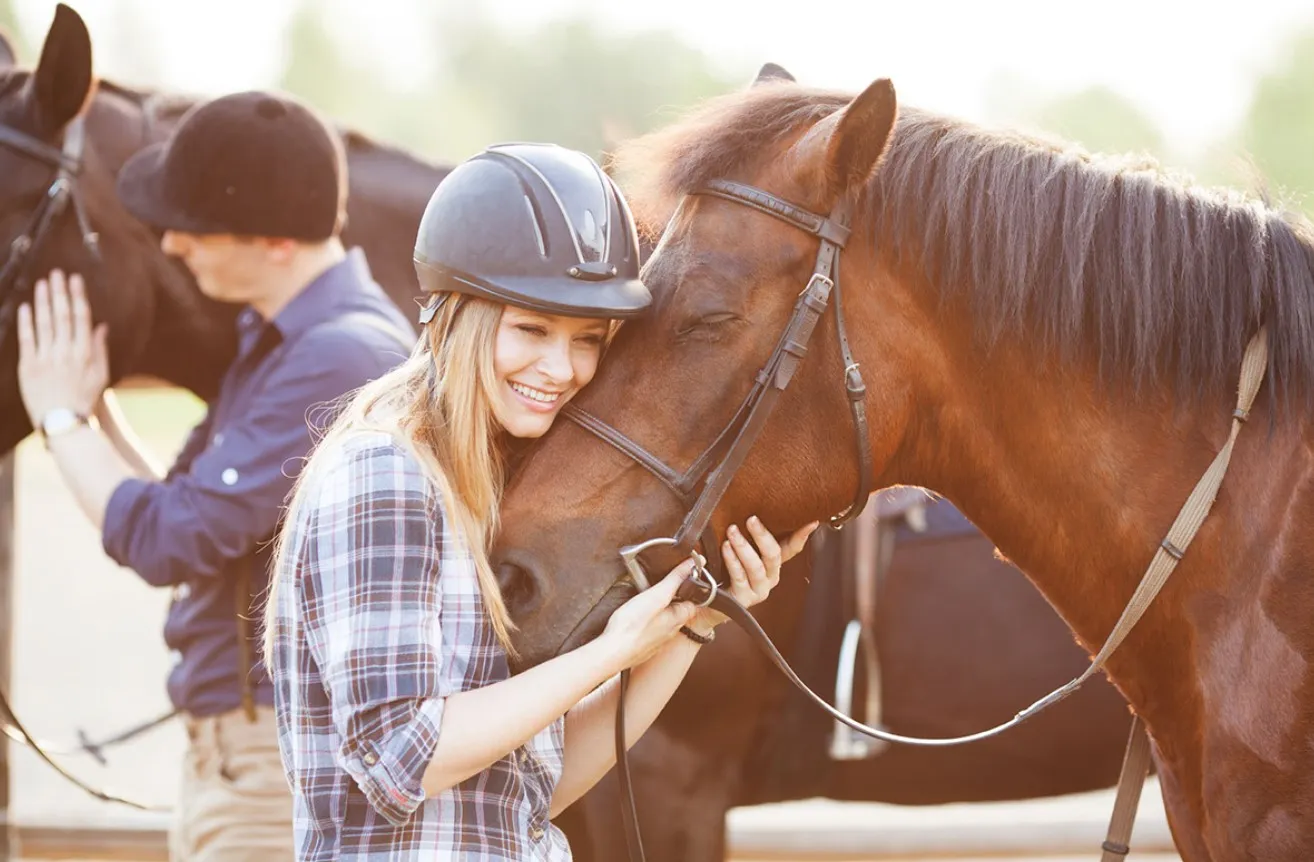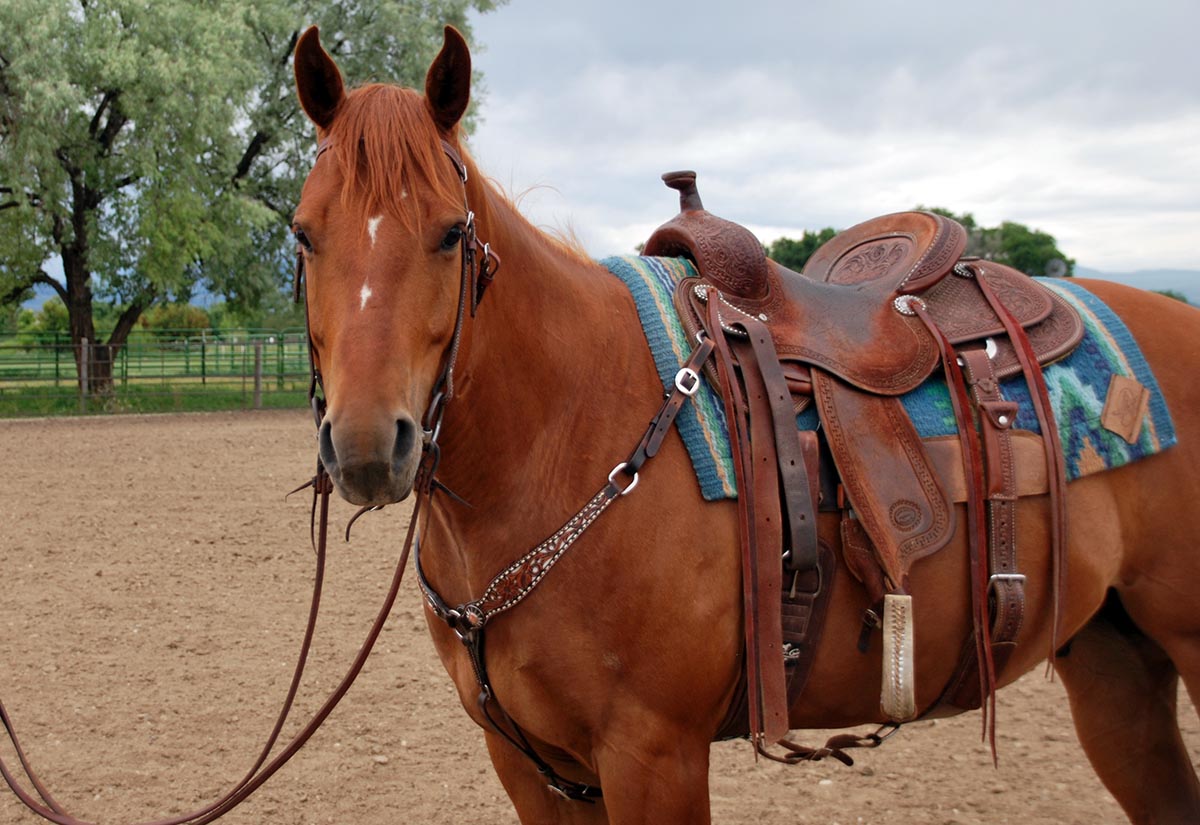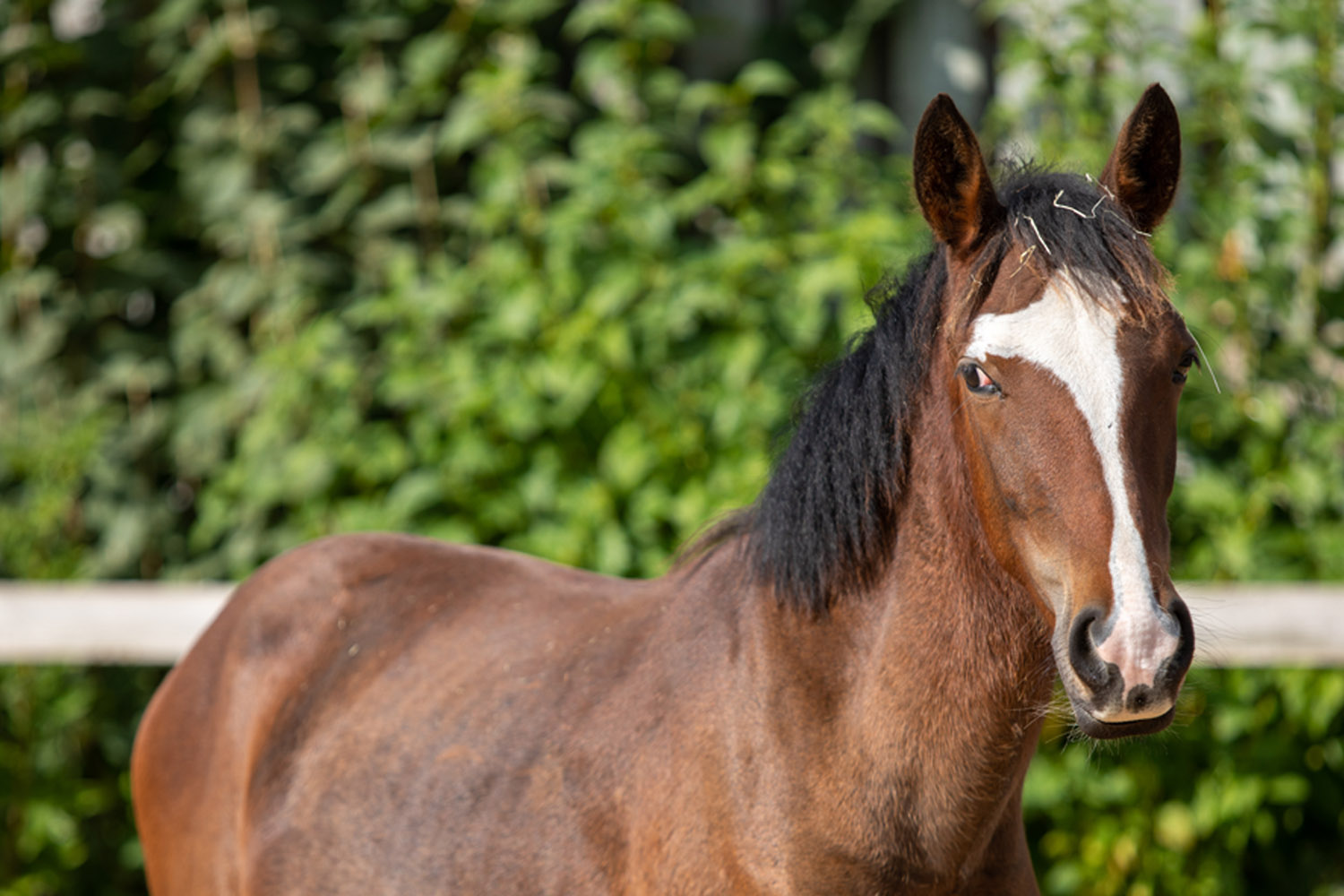When it comes to horseback riding, knowing how to cinch a western saddle correctly is crucial for the comfort and safety of both the rider and the horse. Whether you are a novice rider or an experienced equestrian, mastering the art of cinching is essential. In this comprehensive guide, we will walk you through the steps of cinching a western saddle, providing you with the knowledge you need to ride with confidence.
The alignment and security of your horses saddle can significantly impact your riding experience. This article will delve into the details of how to cinch a western saddle, covering everything from selecting the right cinch to tightening it properly. By following these guidelines, you’ll ensure that your saddle is secure and your horse is comfortable.

Selecting the Right Cinch
Understanding Western Saddle Cinches
Cinches are crucial components of the western saddle setup. They keep the saddle in place, providing stability during a ride. When learning how to cinch a western saddle, it’s essential to choose the right type of cinch for your horse and saddle.
Material Matters
The material of the cinch can affect your horse’s comfort. Common materials include mohair, neoprene, and fleece. Mohair is a natural fiber that is soft and breathable, whereas neoprene is durable and provides a more secure grip. Choosing the right material is vital, taking into consideration your horses skin sensitivities and your riding conditions.
The Importance of Proper Fit
Measuring for the Right Fit
To ensure the cinch functions properly, its necessary to measure for the right size. A cinch that is too big or too small can lead to discomfort for your horse. A snug fit is ideal for maintaining stability and comfort.
Understanding Cinch Sizes
Cinch sizes can vary, so its vital to understand the differences. Typically, the size of the cinch depends on your horse’s barrel size. Make sure to try different sizes if youre uncertain about the best fit.
Step-by-Step Guide to Cinching
Preparing the Saddle
Start by placing the saddle pad and the saddle on your horses back. Ensure that everything is aligned correctly to avoid discomfort during the ride. This setup is foundational in learning how to cinch a western saddle effectively.
Attaching the Cinch
After placing the saddle, attach one end of the strap to the saddle and let the other side hang freely. This step makes it easier to begin the cinching process.
Securing the Cinch
Run the strap through the D-ring on the cinch, loop it back up, and pull. Its crucial to pull the strap tight here, but not so much that it causes discomfort to your horse. Adjust the tightness gradually as needed.
Checking the Cinch
Ensuring a Snug Fit
After securing the cinch, place your fingers between the cinch and your horses skin to ensure its snug without being overly tight. A correct fit prevents the saddle from slipping during your ride.
Adjusting for Comfort
Always inspect the cinch for any signs of irritation or pressure marks after a ride. Comfort should be prioritized to prevent short-term and long-term issues for your horse. Resources like saddle weight considerations can offer additional insights on maintaining comfort.
Common Mistakes to Avoid
Over-Cinching Concerns
Over-cinching is a common mistake that can lead to discomfort and even injury for your horse. Ensure the cinch is tight enough to hold the saddle in place but not excessively tight.
Ignoring the Horse’s Feedback
Your horse may display signs of discomfort if something is wrong. Pay attention to these signs and adjust as needed, foster a better riding experience by attending to your horses needs.
Additional Tips for Riders
Regular Inspections
Frequently inspect your equipment for wear and tear. Regular maintenance ensures that your cinch and other gear remain safe and functional. For further maintenance tips, exploring blanketing methods can provide further care insights.
Seek Professional Guidance
If youre new to horseback riding, dont hesitate to seek professional guidance. Learning from experts can help you perfect the art of cinching a western saddle.

Frequently Asked Questions
What material is best for a horse cinch?
Mohair is often recommended due to its softness and breathability, but neoprene offers durability and a good grip.
How do I know if my cinch is too tight?
If your horse shows signs of discomfort or irritation, the cinch may be too tight. Always check by placing your fingers between the cinch and the horse.
Can I adjust the cinch while riding?
It is best to adjust the cinch before mounting the horse. If adjustments are needed during a ride, dismount to ensure safety.






